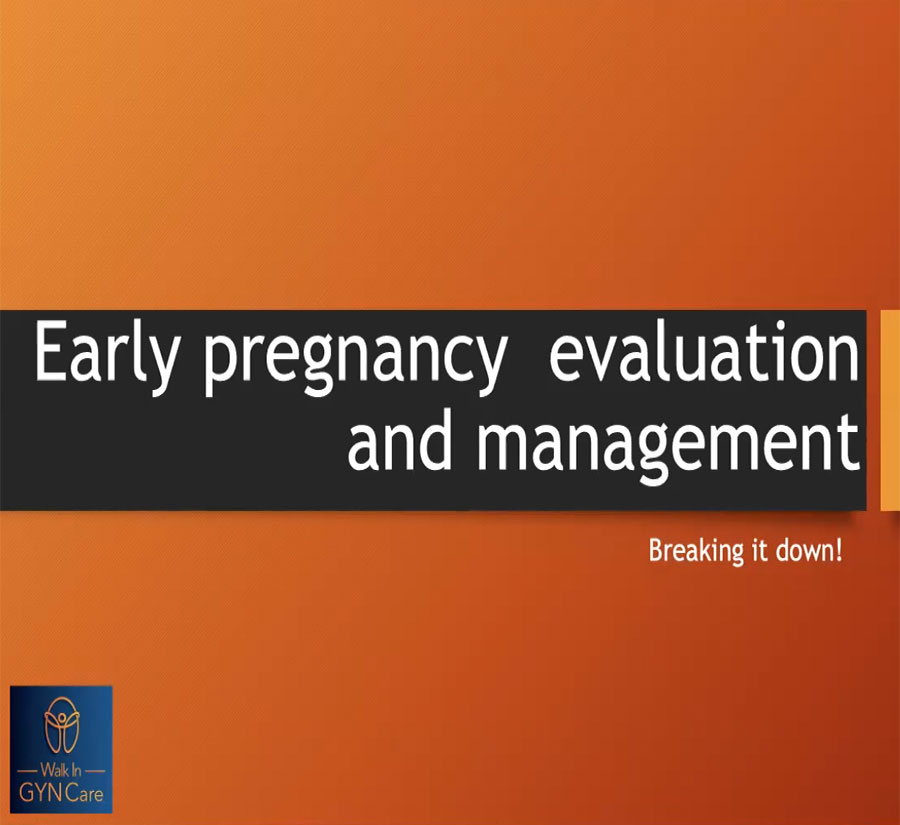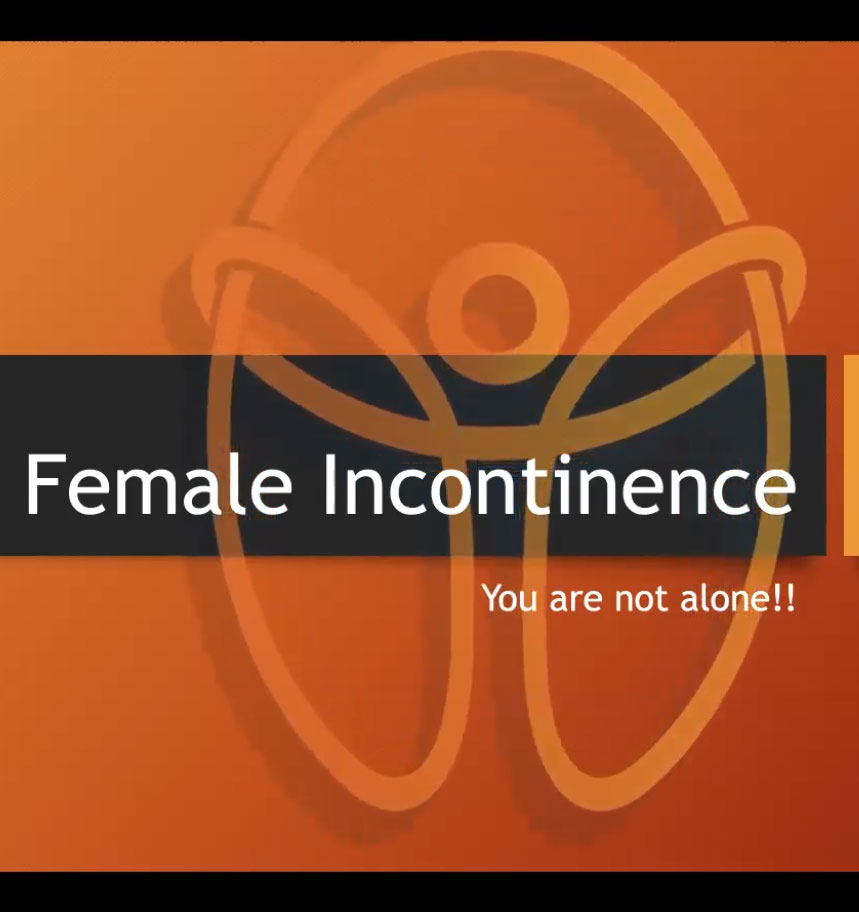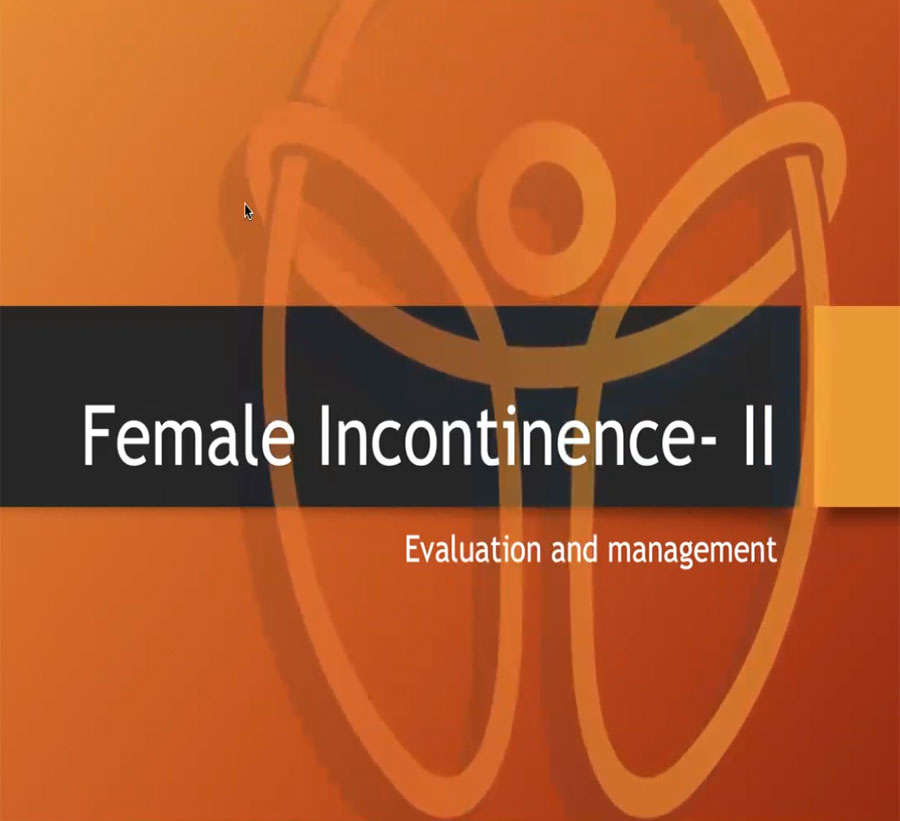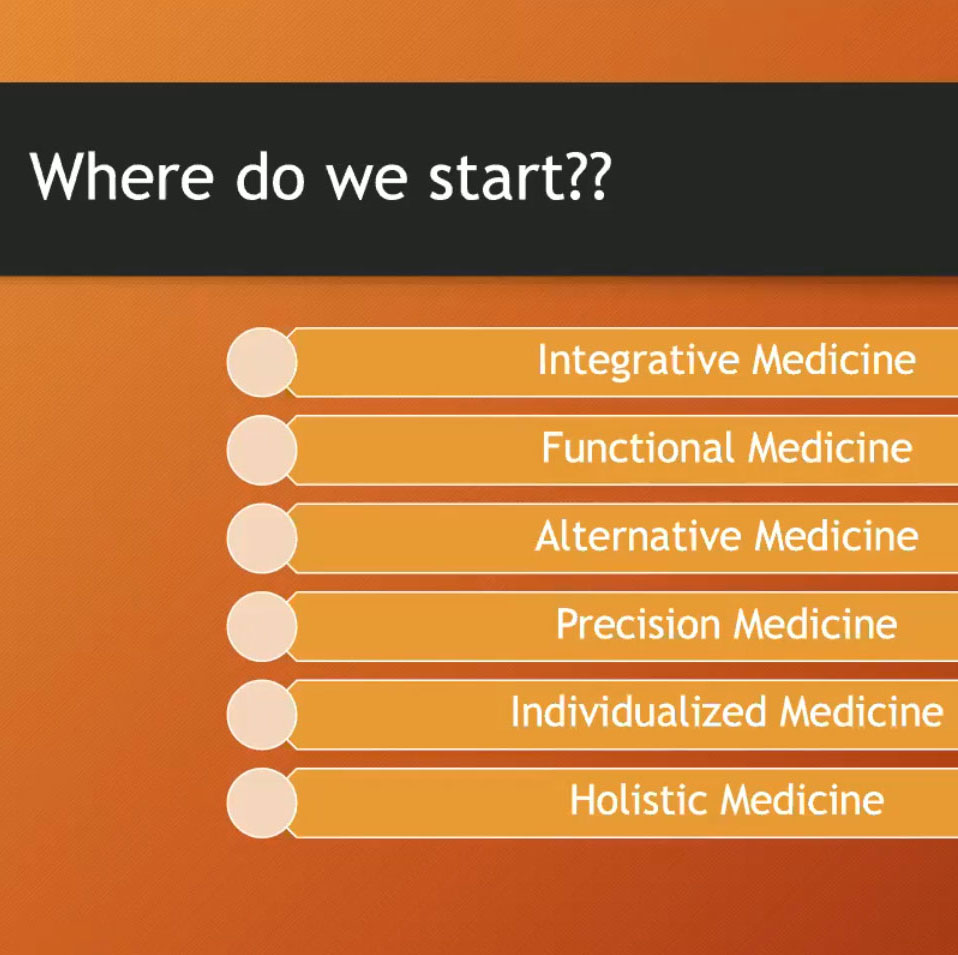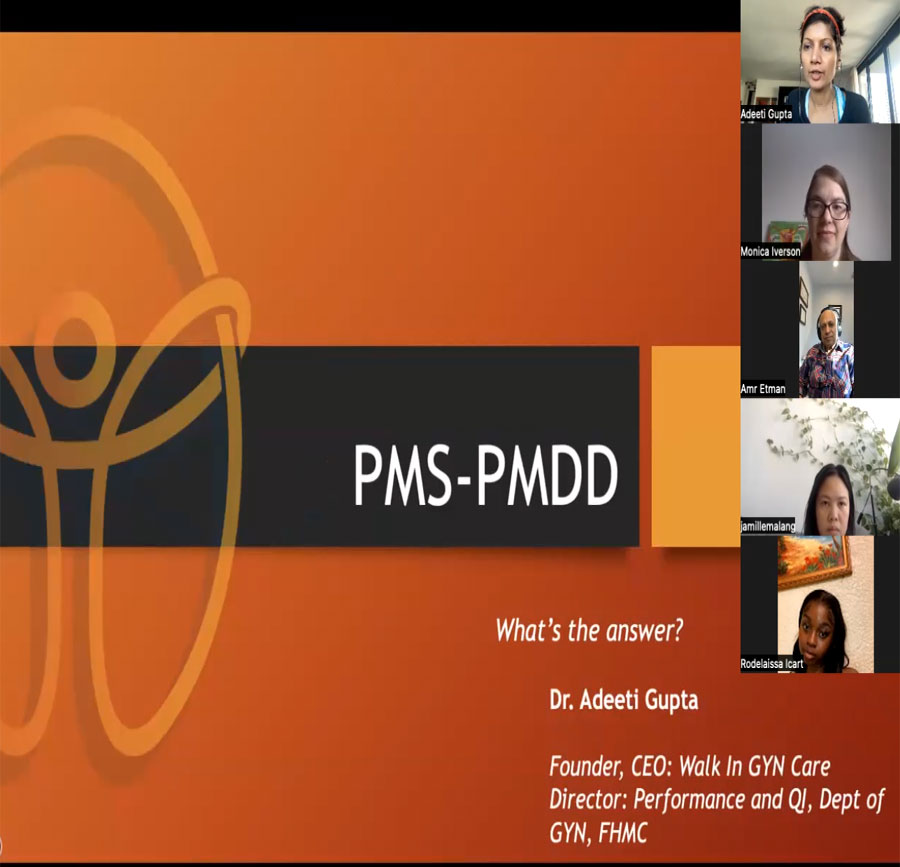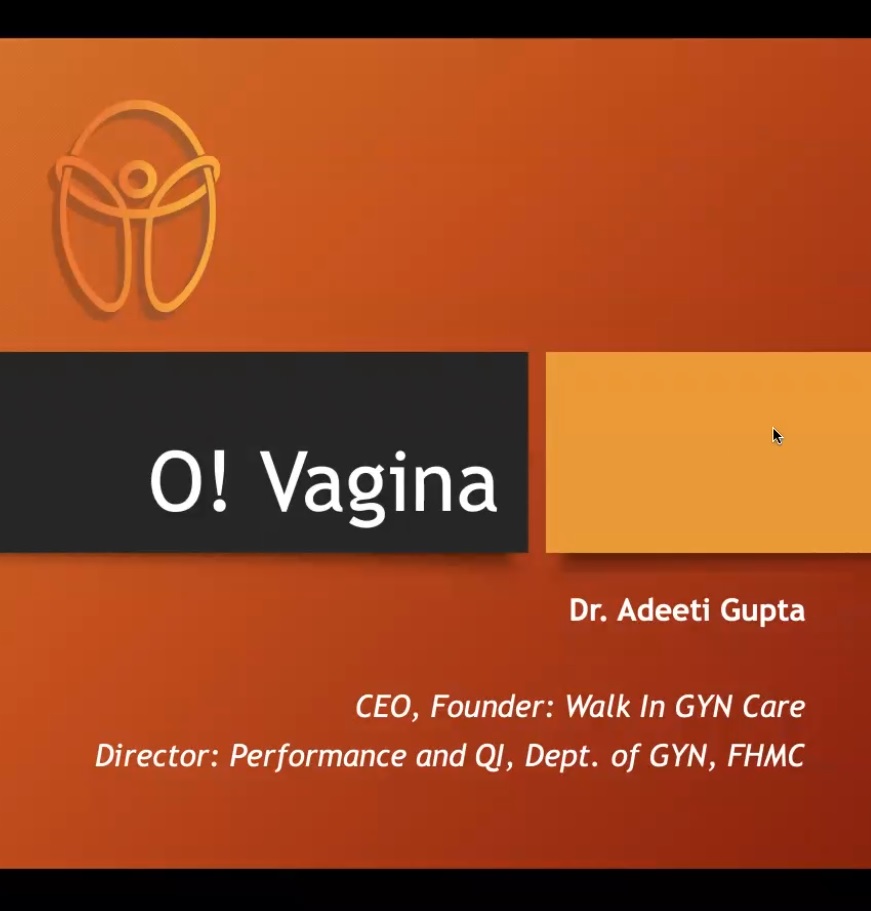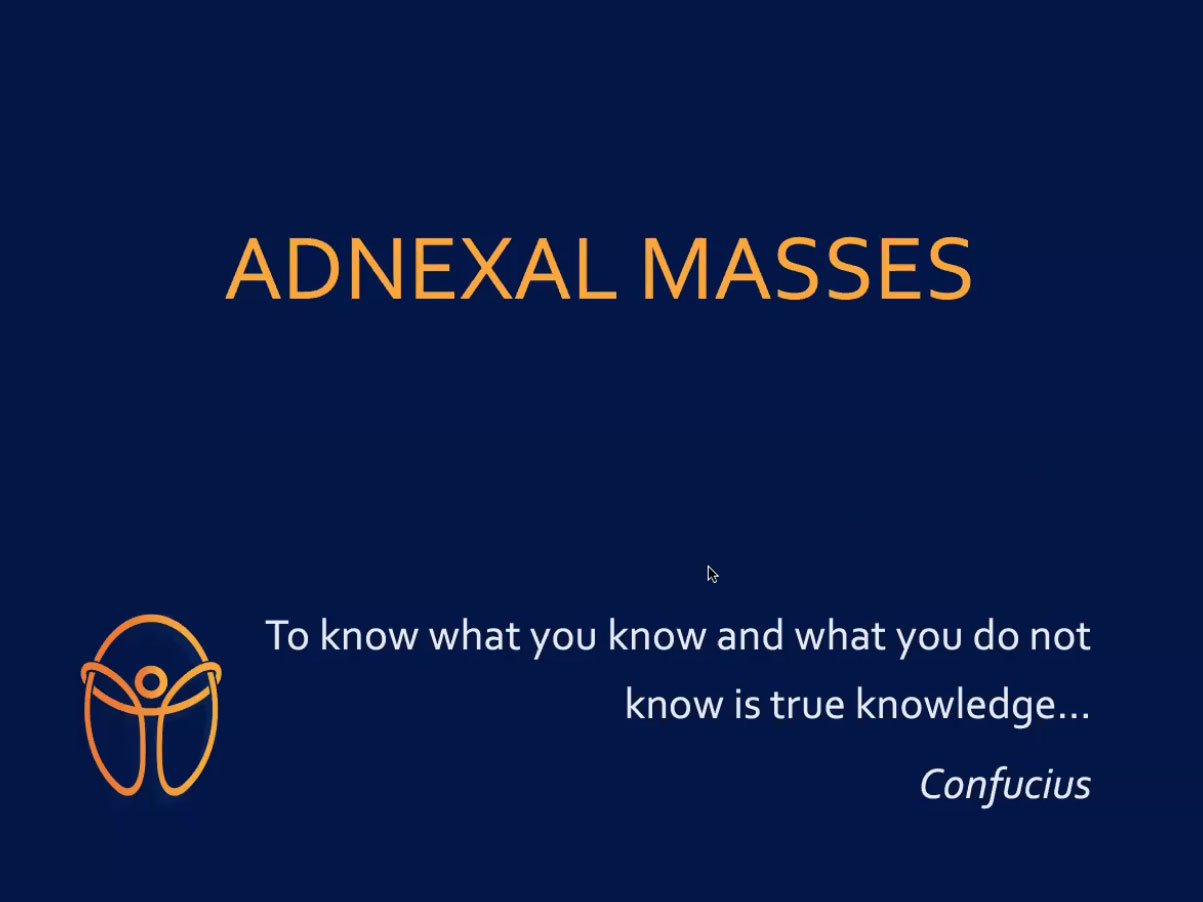
Ovarian masses are the most common type of adnexal masses. These masses are found in 8-35% of premenopausal and 3-17% of postmenopausal patients. This informative lecture covers types, causes, diagnosis, and management of adnexal masses in office settings.
The comprehensive presentation covers gynecologic and non-gynecologic causes of infectious, benign, and malignant ovarian and adnexal masses. The lecture walks you through the clinical presentation, evaluation, clinical exam, diagnostic evaluation, lab testing, treatment options, and information on when to refer to GYN oncology.
This presentation is important to any clinician providing care to those with adnexal concerns. It provides a succinct yet comprehensive overview of some of the most common conditions we see. The information in the lecture can help ease anxiety and boost confidence when it comes to diagnosing and managing adnexal masses and can be a great reference for future practice.



